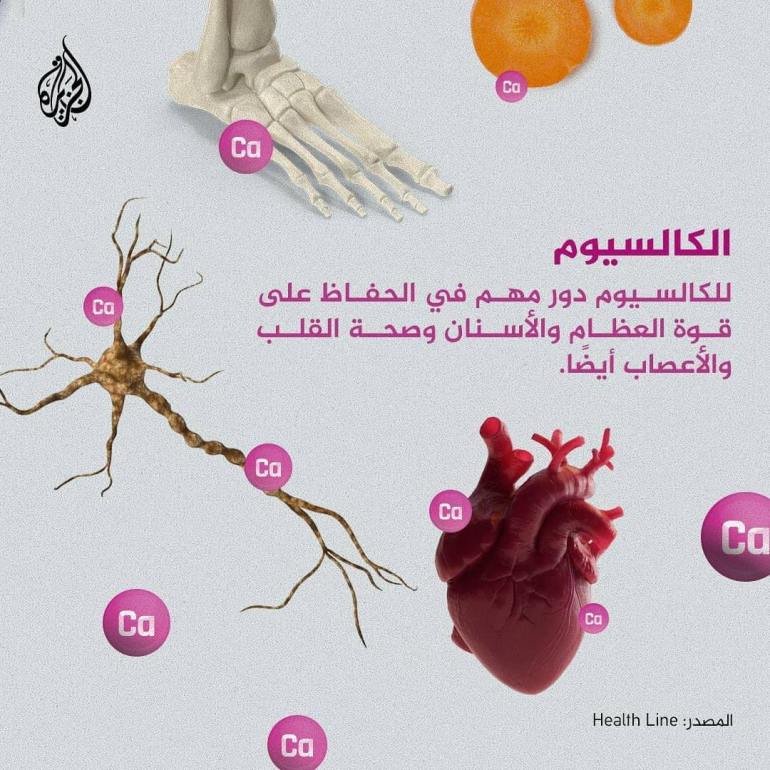An interesting fact about the heart is that it continues to beat in the event of brain death, and that certain situations can lead to the so-called "broken heart syndrome".
The heart is not located on the left side of the chest
In her report, published by the lifehacker website in its Russian version, Tatiana Gabieva says that the belief that the heart is located on the left side is inaccurate because its location is in fact the middle of the chest between the right and left lungs with a tendency to the left.
The heart keeps beating outside the body
The writer explained that the heart has an electrical system that regulates the pulse and pumping of blood.
The heartbeat is controlled by the sinoatrial node, a group of cells located in the wall of the right atrium near the entrance to the superior vena cava that periodically generates the heart's stimulating signal 60 to 100 times a minute.
Thanks to this mechanism, the heart continues to beat even after it is removed from the body or the brain has died with oxygen available.
Thanks to scientific advances and the invention of a "heart in a box" device, specialists have succeeded in keeping the heart beating outside the body for hours.
A 34-year-old man underwent a heart transplant after the donated organ was left outside the owner's body for 5 hours.
The donated organ is placed in a special box connected to tubes that ensure it is supplied with oxygen, blood and nutrients.
Prior to the invention of this device, organs planned for donation were stored in a refrigerator containing ice, which kept their shelf life for up to 4 hours.
Stress breaks the heart
Going through some stressful situations can lead to broken heart syndrome, in which a person feels severe chest pain similar to the pain of a heart attack.
In this condition, the body releases the hormone adrenaline, high levels of which narrow small arteries and temporarily reduce blood flow to the heart.
Women and people over the age of 50 with mental health conditions, such as depression or anxiety, are more likely to develop broken heart syndrome, which in turn causes pulmonary edema, hypotension, or heart failure.
can live with two hearts
People are born with one heart, but patients with cardiomyopathy can get an extra heart after surgery.
Instead of transplanting the donated heart and removing the other, specialists leave both hearts.
Influenza affects heart health
Those with heart problems are advised to be careful in the cold season, especially since it is difficult to distinguish between symptoms of respiratory diseases and heart failure.
One week after being diagnosed with influenza, the risk of a heart attack increases 6 times.
Therefore, experts recommend receiving a flu vaccination to reduce the risk of complications that threaten heart health.
The heart knows no rest
The heart pumps oxygen-rich blood to all parts of the body, and it begins to beat from the fifth or sixth week of fetal development, and never stops beating until death.
The daily heart rate is estimated at about 100,000 beats, and it pumps about 7,500 liters of blood.
The normal heart rate ranges between 60 and 100 times per minute.
Therefore, a change in heart rate is a sign of ischemic heart disease.
A heart attack warns of possible death due to arrhythmia and heart failure.

